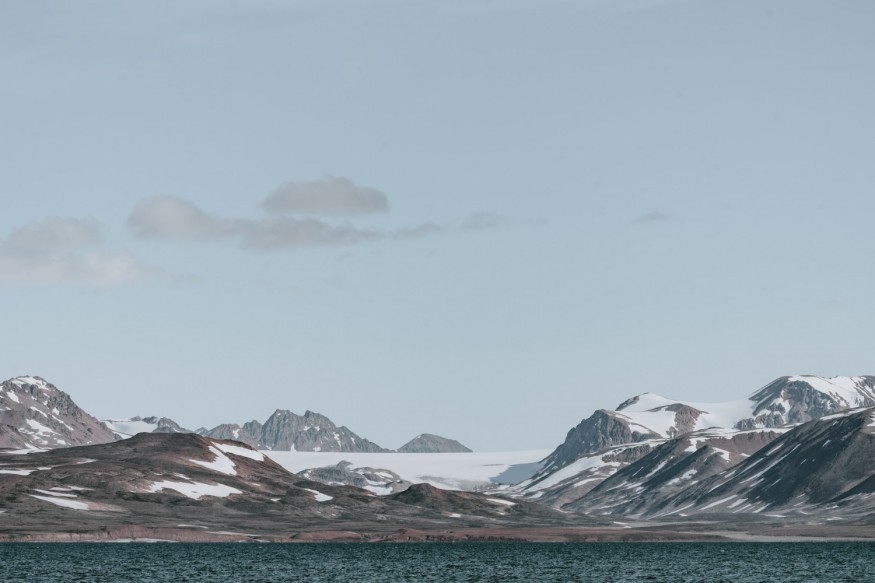Greenhouse gases like carbon dioxide, methane, and water vapor are known for contributing in the warming of the planet in a natural phenomenon called the greenhouse effect. This process traps solar heat from our Sun and it has been ongoing, likely since ancient Earth millions or billions of years ago. It can also be said the process has helped our planet survive the harsh radiation from space.
However, human activities such as burning of fossil fuels like oil and coal have accelerated the said atmospheric process, based on collected scientific evidence over the past 200 years. While natural factors like volcanic eruptions also contribute to the greenhouse effect, climate scientists have blamed anthropogenic factors to the unprecedented increase of the gases.
Now, a new study by scientists from the United States conducted a long-term experiment to arrive at the conclusion that Arctic snowpack accelerates greenhouse gas emissions. In particular, the scientific team found the thicker the Arctic snowpack the more it releases carbon preserved in permafrost. In this article, Nature World News explores the recent findings.
Deepening Arctic Snowpack

In the study published in the journal AGU Advances on August 12, researchers from the University of California, Irvine discovered that some parts of the Arctic region are enveloped with deeper snowpack than usual. This deep snow is causing the thawing of frozen carbon in permafrost, leading to increased greenhouse gas emissions.
The research team acknowledged that while climate change continues to cut the snow cover period, snow mass has been accumulation in multiple parts of the Arctic. They acknowledged previous work that showed thicker snow can quickly melt permafrost and expose significant amounts of ancient organic matter, which then releases long-frozen carbon reserves.
The team conducted their study at the International Tundra Experiment in Alaska's Toolik Lake. The experiment began in 1994 by a study spearheaded by co-lead author Jeff Welker from the University of Alaska. The initial goal of the research was to determine how deeper snow can affect Arctic tundra ecosystems.
Also Read: New Links Between Greenhouse Gases and Sea Level Rise Found in the Amundsen Sea, West Antarctica
Greenhouse Gas Emissions
The results of the study suggest the compounded impact, not only of global warming but also natural processes like Arctic snowpack accumulation, to the increased greenhouse gas emissions, also called GHG.
According to the U.S. Environmental Protection Agency (EPA), global GHG emissions come from different economic activities such as the following:
- Electricity and heat production
- Industry
- Agriculture
- Forestry
- Land Use
- Transportation
- Buildings
- Other energy
Since the year 1900, global carbon emissions extracted from fossil fuels have drastically spiked, according to the EPA. Since 1970, carbon dioxide emissions have increased due to fossil fuel burning and industrial processes. Furthermore, agricultural activities, excessive deforestation, and other land use are the second leading contributors.
In 2014, the top carbon emitters aside from the U.S. were China, India, Russia, Japan, and the European Union, the U.S. government agency adds. With this, the data shows that the majority of emissions come from first-world countries.
© 2026 NatureWorldNews.com All rights reserved. Do not reproduce without permission.





